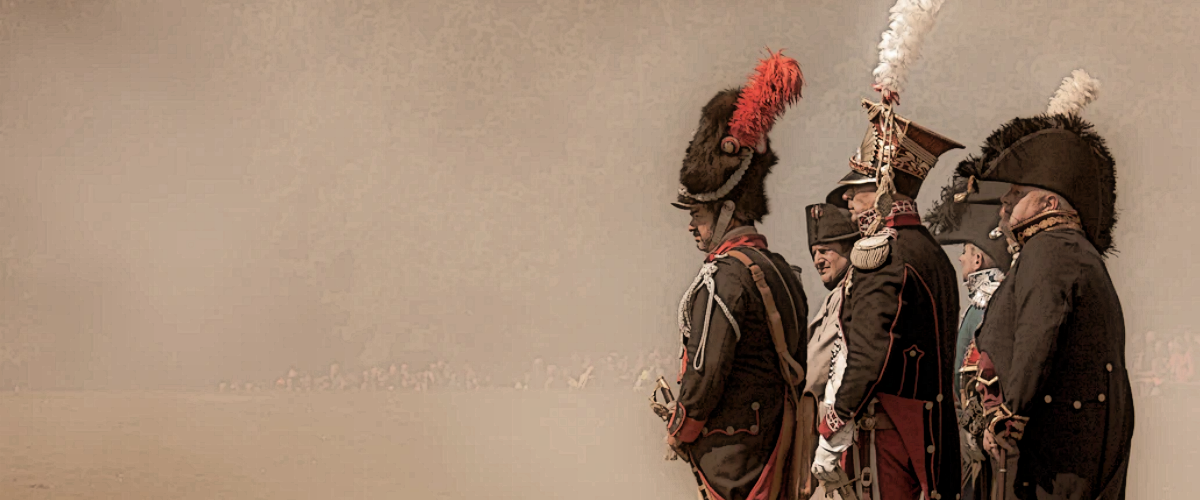Adrausii
"Ne'er before have I met such strange and, nay I say, boorish people as the Adrausii. A people who are as certain their neighbors will cross their path, as they are the gods will bless their day. How could the basis of industrialization come from this?"The Adrausii peoples are the natives or native inhabitants of the Adrausii Basin and Central Azora. In the broadest sense, any persons who are of Adrausii descent or native speakers of the Adrausii language are considered members of the Adrausii peoples. The constitution of the Adraus Empire, however, defines an Adrausii person as an Adraus citizen who has attended their mandatory military conscription. Adrausii are a tall, fair-skinned people. Their common eye colors range from blue, green, gray and hazel, with darker eye colors being far rarer. The most common hair colors among the Adrausii are darker colors, which span from a deep red to a jet black. Dark blondes and light browns are more common in the northern regions such as the Stormgardt Mountains.
Naming Traditions
Feminine names
Adora, Adaja, Baria, Badja, Eisda, Eisnora, Gunda, Inna, Inora, Odaria, Nadja, Jodaria, Rudja, Sunora, Theona, Uinora.
Masculine names
Adaric, Adarbert, Badrid, Benewig, Eisric, Gunbert, Jarid, Jother, Nachim, Odarbert, Oswig, Ruddaric, Surid, Theodoric, Uinother.
Unisex names
Adachim, Adare, Adarid, Benere, Jachim, Osna, Osric, Osre, Osrid, Ruther, Rudna, Rudre, Theore, Uinochim, Uinoja, Uinore
Family names
Adaricsson, Badwigsson, Gunbertsson, Janasdotter, Kovar Mrennar, Oskarsson, Pethenar, Rathenau, Ridenar Rudasdotter, Suthenau, Suthenskar, Tothenskar, Tothenverk, Uinasdotter.
Culture
Culture and cultural heritage
The Adrausii Basin is a relatively temperate region in Central Azora has been inhabitated historically by a utilitarian agrarian culture with strong connections to the land.
Common Dress code
In general, clothing in the Adrausii Basin is made of thick wools and leathers with linens being reserved for underwear. It is common to see clothing worn in layers, especially in the north and eastern parts of the basin, where mountains abound.
Hairstyles:
hair-braiding is a big thing
Beard braids are often done by married couples as a sign of affection.
It is typical to assume if a male, who has a beard that isn't braided, is single.
Females often tie a red bow in their hair if they are married, a white bow if they are single.
updos are common
Very short hair is common for factory workers
Male Clothing
Typically, Adrausii males wear long sleeved, collared tunics which tighten around the wrists and neck underneath a short-sleeved coat or jacket. For trousers, they typically wear woolen, calf-length trousers which can be tightened with a belt or rope. For their feet, knee-high leather boots and woolen socks are commonplace. In mountainous areas, more layers are provided in the form of woolen long underwear underneath their clothes and trousers are typically ankle-length rather than calf-length. For hats, males typically wear loose berets, or "muffin hats", as well as wide-brimmed straw hats. In cities, men also wear leather or felt hat resembling a top hat with a wider brim called a "capotain".Male Hairstyles
Female Clothing
Adrausii females generally wear a linen shift or chemise undersirt beneath a long-sleeved, calf-length dress, which can be shorter in the warmer seasons. They also wear leather trousers with linen undertrousers nearly all year round. For shoes, women wear either knee-high leather boots or a leather shoe with string laces and wooden sole. It is typical for women to be seen wearing bonnets and aprons while working, as well as wide-brimmed hats in the summer time, should the heat become too unbearable. In major cities, they are also seen utilizing parasols in the summer months.Female Hairstyles
Children Clothing
Adrausii children wear clothing similar to their adult counterpart with some minor exceptions. Their tunics are more often longer than their adult counterpart, stretching to just above the knees, where adults would typically only reach the lower hip. Their shoes normally consist of a shorter leather design that is tightened by laces. It is very uncommon to see children in boots unless they are in their teenage years or reaching adulthood. In addition, children wear more layers than their adult counterparts. Along with their typical attire, they wear thick, linen stockings in the winter as well as additional overcoats over their many layers.- Color and Meaning:Black: Strength, Valour, Bravery, and Honour. Red: Sacrifice, Spirit/Will, Bravery, and Sensuality/Openness. Black and Red, while they have different meanings, are commonly seen together. Yellow and Gold: Death, Mourning, Hope, and Renewal (Gold is also a metal rarely found in Azora, most countries accept yellow and gold as a color of mourning in some ways) White: Innocence, purity, and simplicity. Silver: Wealth, Sophistication, Luxury, and Nobility. Blue: Independence, self-sufficiency, freedom, inspiration, sincerity and wisdom.



Comments